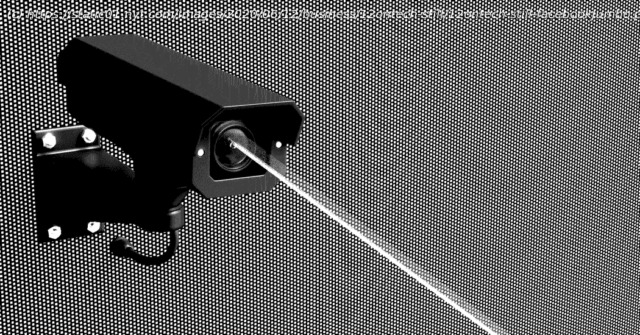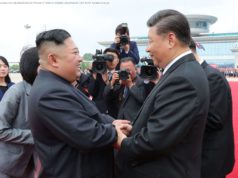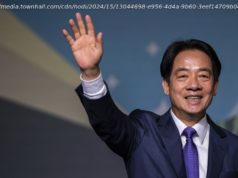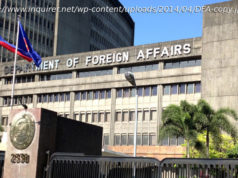What Americans can learn from the protests in Hong Kong.
How citizens and authorities respond to one another during large-scale protests — including how they use technology as a tool in the battle — can say a lot about trust in the entire political system.
Paul Mozur, who has writtenextensively about the Chinese statesurveillancemachine for The New York Times, told me that mistrust of the authorities in Hong Kong was reflected in constant digital surveillance and paranoia during the pro-democracy demonstrations that started a year ago and continue to break out.
Paul and I talked about how police and protesters used surveillance technology during the height of the Hong Kong protests last year, and what Americans — now gripped by their own protests — can learn from it.
Shira: What were Hong Kong protesters’ worries about digital surveillance?
Paul: They were constantly trying to avoid being tracked by law enforcement, although it wasn’t clear what the authorities were doing. People obsessively covered up with face masks, and this was before the coronavirus. Protesters avoided using subway cards that linked to their identity. To disrupt monitoring, protesters smashed every security camera they could, and some flashed laser pointers at police cameras.
There was a suspicion that police filmed every demonstration to identify people through facial recognition software and target them. It wasn’t conclusively shown that was happening. But Hong Kongers took extreme measures because they were afraid of China’s government next door and its use of technology to watch and intimidate people.
How did demonstrators use technology?
There were protest channels on the messaging app Telegram to identify police officers who seemed to be overly aggressive during demonstrations. Some people publicly posted personal information about officers or their relatives, in an act known as doxxing. From the beginning, police took off identification badges, which drove the doxxing campaign.






